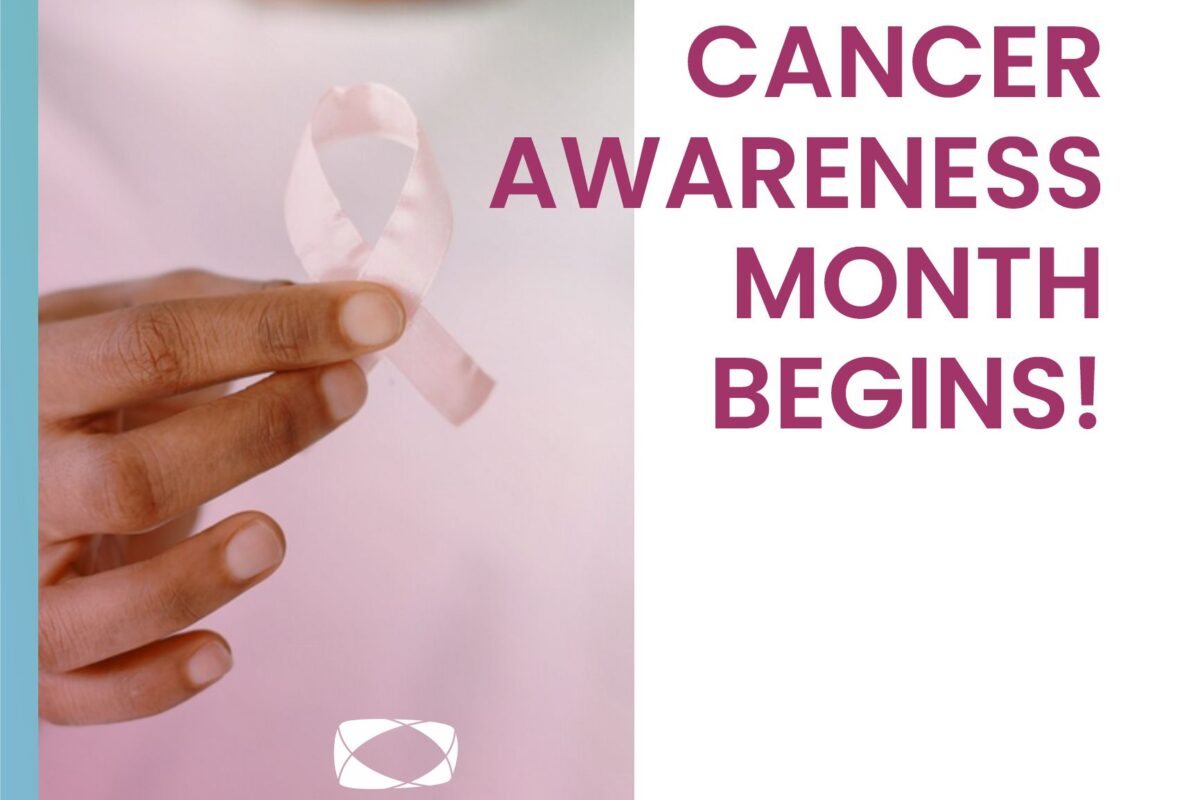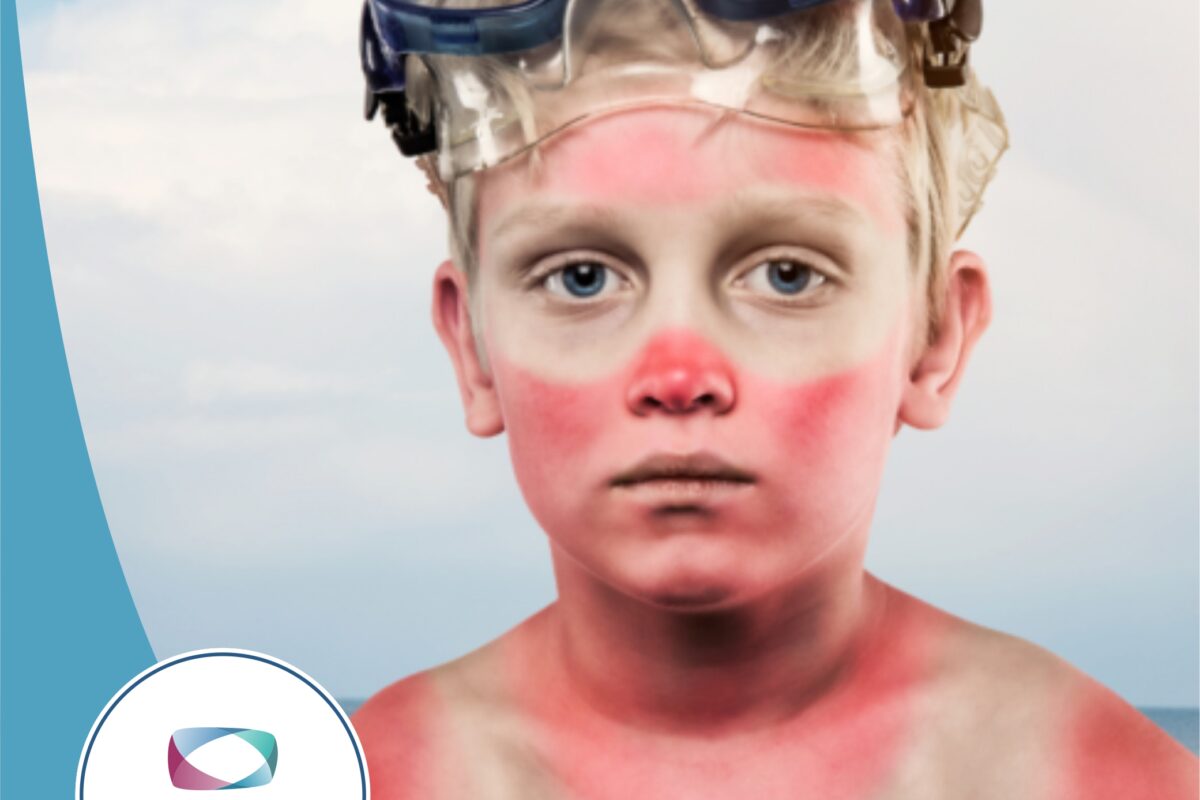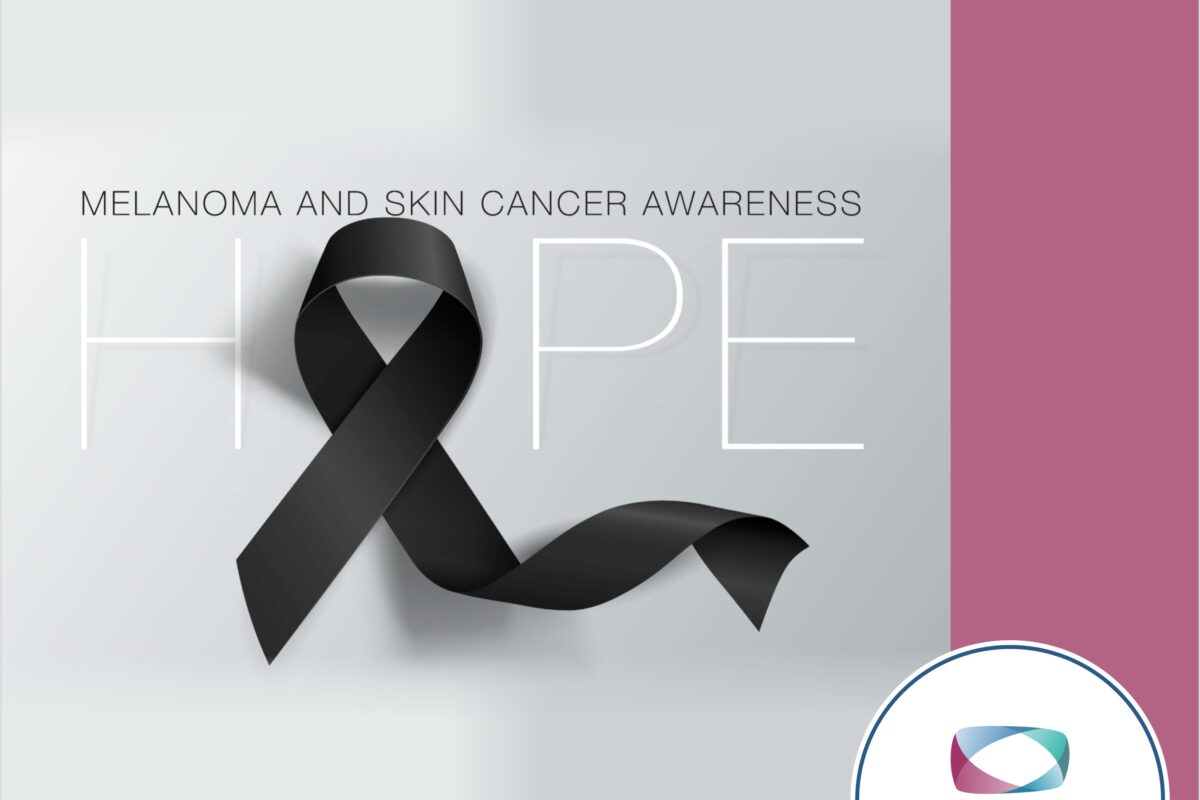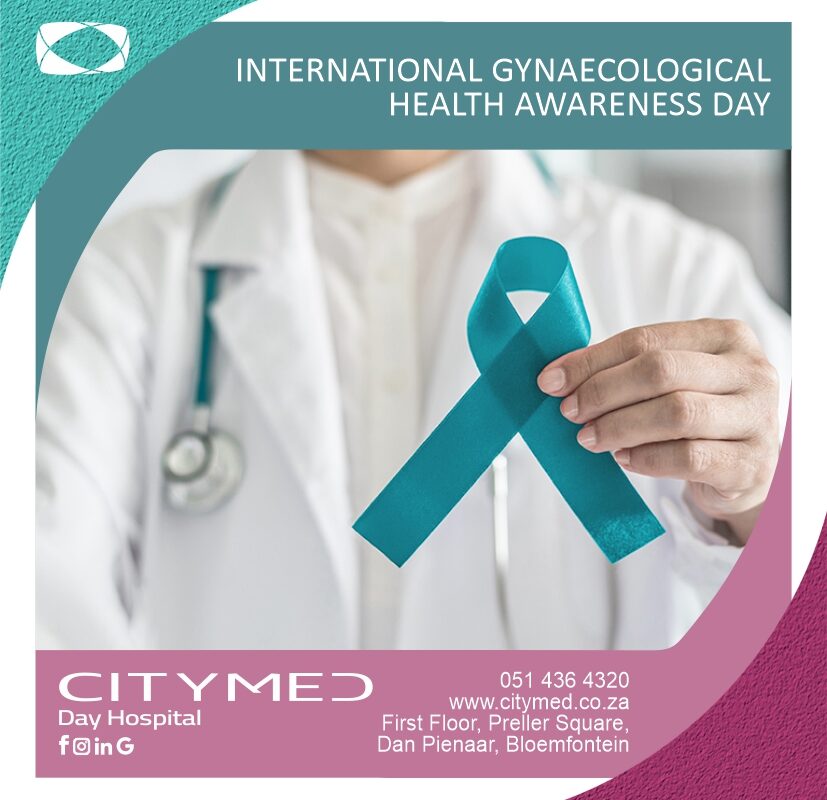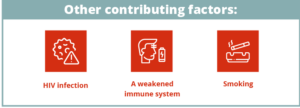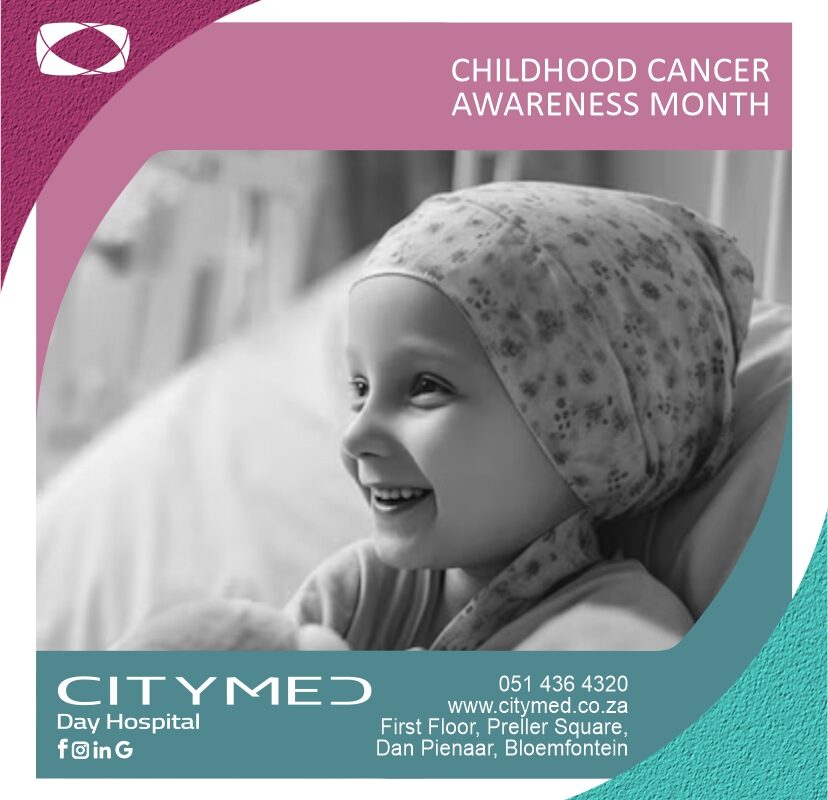1. Types of Childhood Cancer
Public awareness of the warning signs of childhood cancer is vital.
Currently, between 800 to 1 000 SA children are diagnosed with cancer annually. However, it’s estimated that half of the children with cancer in South Africa, are never diagnosed.
A new registry to record statistics of childhood cancer was launched in 2022.
https://cansa.org.za/types-of-childhood-cancer/
2. Types of Childhood Cancer
According to the recent South African Children’s Cancer Study Group (SACCSG) registry statistics, for 2009 to 2013, the five foremost childhood cancers in South Africa are:
- leukaemia
- lymphoma (tumours that begin in the lymph glands)
- brain tumours
- nephroblastomas or Wilms tumours – cancer of the kidneys
- soft tissue sarcomas (tumours that begin in the connective tissue)
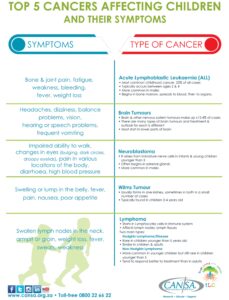
3. Resources to Help with Cancer Diagnosis (Children)
CANSA partnered with Hollard to design, illustrate and produce the books in an online format that is available for free on the CANSA website.
The information provided addresses the most frequently asked questions by children and their parents/guardians. The stories are sure to encourage children and parents/guardians in their fight against cancer.
https://cansa.org.za/resources-to-help-with-cancer-diagnosis-children/

